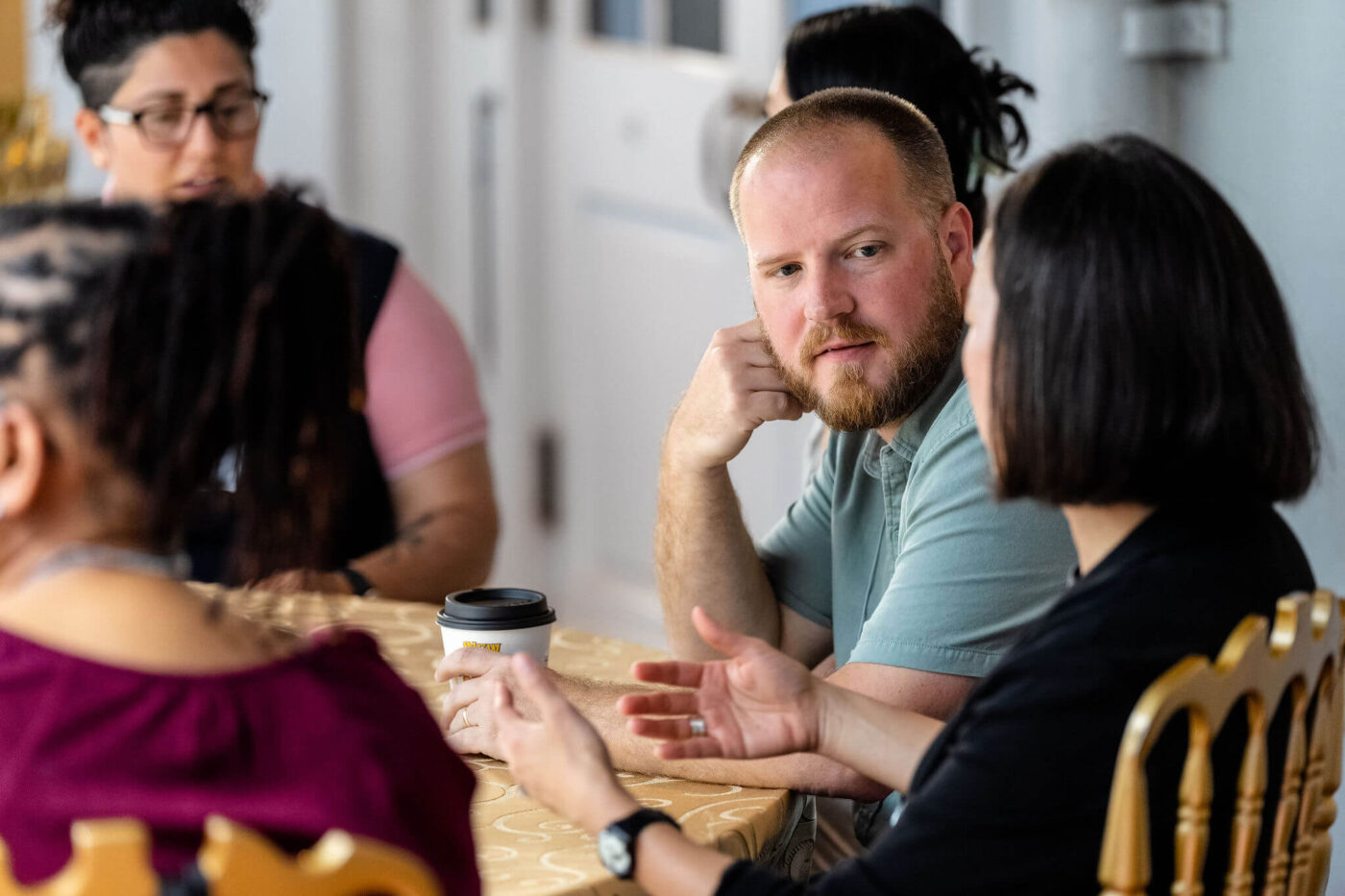There’s no sugarcoating it—our environmental health infrastructure is under attack. The Supreme Court has weakened the Clean Water Act, making it easier for industries to pollute our waterways. The Interior Secretary is pushing to restart shuttered coal plants, threatening air quality and climate progress. And the Environmental Protection Agency (EPA) has disbanded its environmental justice offices and deleted data critical to Black, Indigenous, Latino, Asian Pacific Islander, and poor white communities who are disproportionately exposed to environmental health threats. This isn’t just about one agency or one decision—it’s about an orchestrated effort to strip away protections that keep people and the planet safe.
But here’s the thing: this moment demands both defense and vision. We can’t just fight to preserve what’s being lost; we also have to build something better. The systems we’re trying to protect were never perfect. As institutions weaken or disappear, we have an opportunity to shape what comes next. Both strategies—stopping the immediate harm and seeding long-term change—need resourcing now.
It’s Time to Get More Money Moving
The threats are urgent, but so are the opportunities. Many in philanthropy are already stepping up to increase payout rates—now is the time to join them. Holding onto resources for a hypothetical “later” doesn’t make sense when the moment we’ve been bracing for is happening now.
Spring Clean Your Grantmaking
Let’s make things easier for the folks doing the work:
- Cut unnecessary reporting requirements, allowing your grantees to focus on their missions and reduce risks in an era where organizations are being penalized for using language about climate change, racial justice, and environmental protections.
- Get money out the door earlier, so organizations can plan instead of scrambling.
- Advance second payments of multi-year grants to give grantees some breathing room.
Multi-Year Funding: Stability for the Long Haul
Multi-year funding isn’t just a nice-to-have—it’s a necessity. Organizations need stability to withstand today’s threats and build for the future.
- On defense: Some organizations need urgent support to stop the bleeding. Groups that have lost federal funding need resources now to keep doing essential work on water safety, pollution control, and climate resilience. What infrastructure or organizations can pick up the work and talent of organizations that won’t survive?
- On vision: At the same time, we need to invest in what’s next. If old institutions are falling, what are we building in their place? How do we create infrastructure that ensures long-term environmental health and justice—not just for the next election cycle, but for the next generation? Multi-year funding allows organizations, coalitions, and movements to envision and start creating new institutions that can truly bring us a healthier future for all. Where and how does it make sense to keep federal regulations? Where does it make sense for governance to happen at a state and local level? How are we building mutual aid networks, worker- or community-owned cooperatives, and other potentially not yet imagined entities ways of creating the world we need?
What Are You Building?
We can’t just react. We have to create. What we seed now will shape the future for decades to come.
This is a moment of both crisis and opportunity. We need to stop the immediate harm and build something stronger in its place. Both require resources. Both require commitment. Both are worth investing in.
Let’s make sure we’re resourcing the long game.

